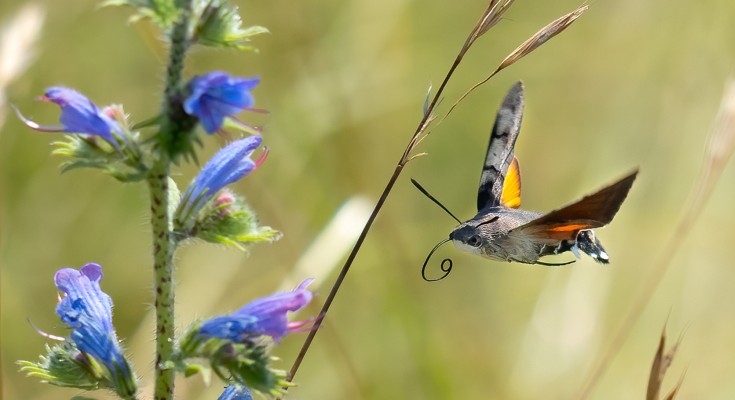
Read our April issue
Our April issue includes cryptic diversity in corals, Lepidopteran chromosome evolution, soil viromes, elephant seal population recovery, passerine problem-solving, and an Ordovician polar ecosystem.

Our April issue includes cryptic diversity in corals, Lepidopteran chromosome evolution, soil viromes, elephant seal population recovery, passerine problem-solving, and an Ordovician polar ecosystem.


An analysis of nearly a quarter of a million forest plots finds that up to half of European forest biodiversity may be lost owing to climate change over the course of this century and provides tools to promote climate-resilient forests deep into the future.